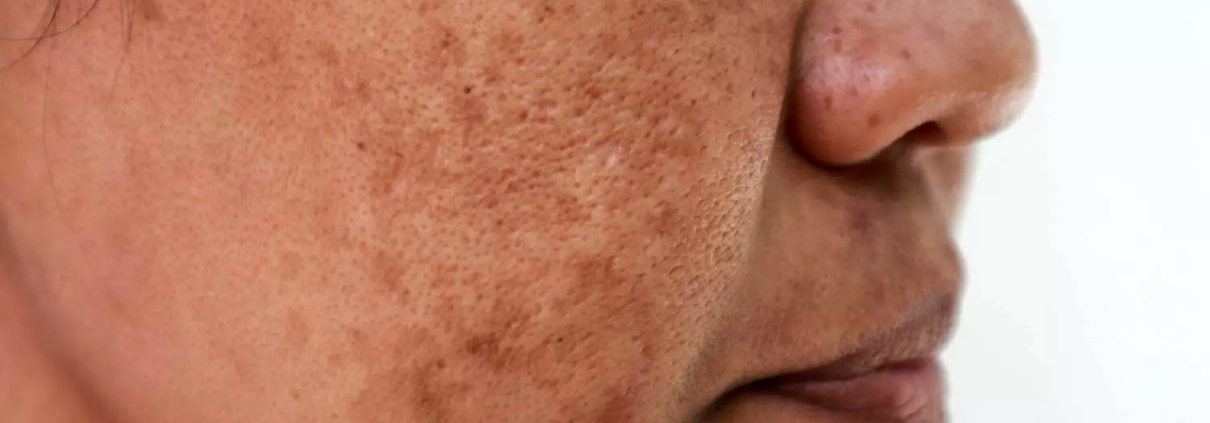Breakthrough in Melasma Treatment: Q-switched Nd:YAG Laser Emerges as Top Choice

Melasma, a challenging hyperpigmentation disorder, often poses therapeutic dilemmas due to its intricate pathogenesis, recurrence tendencies, and substantial morbidity impact. In a bid to revolutionize treatment outcomes, a comprehensive network meta-analysis (NMA) has scrutinized various laser-related therapies, shedding light on the most effective approaches for managing melasma.
This study was published in Journal Of Cosmetic Dermatology by Wenyi and colleagues. A comprehensive meta-analysis of 39 clinical studies, involving 1394 participants, has shed light on the most effective laser-related therapies for treating melasma. The study compared various approaches, revealing that Q-switched Nd:YAG laser with topical medications (QSND+TM) stands out as the top choice, significantly improving the melasma area severity index (MASI) score. Other notable contenders include oral tranexamic acid (oTA), microneedling with topical medications (MN+TM), Q-switched Nd:YAG laser with intense pulse light (QSND+IPL), and fractional carbon dioxide laser with topical medications (FCDL+TM).
- Q-switched Nd:YAG Laser Dominates:
Superior Efficacy: The NMA unequivocally establishes the supremacy of Q-switched Nd:YAG laser with topical medications (QSND+TM). Its efficacy outshines Q-switched Nd:YAG laser alone, Er:YAG laser with topical medications, and picosecond laser with topical medications.
Significant Improvement: QSND+TM led to a notable decrease in the melasma area severity index (MASI) score, highlighting its prowess in addressing hyperpigmentation.
- Microneedling Excels:
Effective Combination: Microneedling with topical medications (MN+TM) emerges as a formidable contender, surpassing picosecond laser and standalone topical medications.
Enhanced Curative Efficacy: MN+TM demonstrates superiority in improving the MASI score, presenting itself as a promising choice for melasma treatment.
- Surface Under the Cumulative Ranking Curve (SUCRA) Rankings:
QSND+TM claims the top spot with an impressive SUCRA value of 85.9%, indicating its high efficacy.
Other noteworthy contenders include oral tranexamic acid (oTA), MN+TM, QSND+IPL, and fractional carbon dioxide laser with topical medications (FCDL+TM).
- Clinical Recommendations:
First-Line Choice: The study recommends Qs-Nd:YAG laser with topical medications as the primary therapeutic choice, considering its top-ranking SUCRA value and significant efficacy.
Preferred Combination: MN+TM stands out as the superior choice among modalities like PICO and standalone topical medications, emphasizing its potential for enhancing curative outcomes.
- Considerations for Clinical Decision-Making:
Adverse Effects: Clinical decisions should weigh the adverse effects of each modality, ensuring a tailored approach to patient care.
Patient Characteristics: The patient’s skin type, duration of the disease, and other relevant factors should inform the selection of the most suitable treatment strategy.
This meta-analysis not only advances our understanding of melasma treatment but provides clinicians with a roadmap for precision care. Armed with these insights, dermatologists can navigate the complex landscape of melasma therapeutics, offering patients tailored solutions for improved outcomes.
Reference:
Ma, W., Gao, Q., Liu, J., Zhong, X., Xu, T., Wu, Q., Cheng, Z., Luo, N., & Hao, P. Efficacy and safety of laser‐related therapy for melasma: A systematic review and network meta‐analysis. Journal of Cosmetic Dermatology,2023;22(11):2910–2924. https://doi.org/10.1111/jocd.16006



